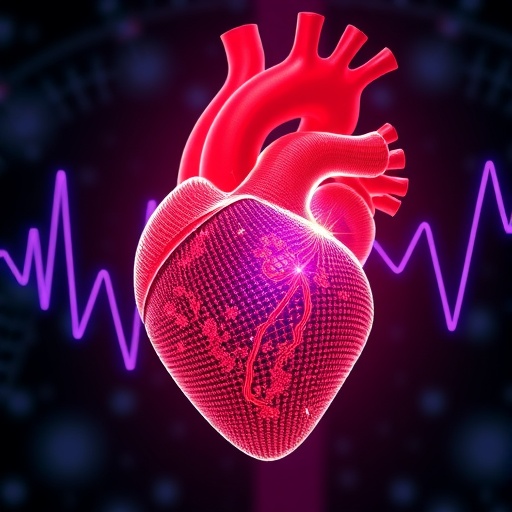
Credit: Daria Sokol/MIPT Press Office
In a recently published fundamental review dedicated to the diagnostics of viral infections, a Russian research team featuring MIPT researchers was the first to systematically describe and summarize the cutting-edge technologies in the rapidly developing field of genetics. A number of new effective methods of virus detection have been developed over the past few years, including those targeted at unknown pathogens. The authors described the so-called high-throughput next-generation sequencing as a potent new approach. The method promises to revolutionize the detection and analysis of new pathogenic viruses, but it will be at least several years until it is introduced into mainstream clinical practice.
In response to the rapid spread of the COVID-19 pandemic, an authoritative global scientific journal, aptly named Viruses, published a fundamental review of problems related to identifying and studying emerging pathogens, such as the notorious coronavirus.
“There are, by various statistical estimations, over 320,000 various viruses infecting mammals,” said Kamil Khafizov, a researcher at MIPT’s Historical Genetics, Radiocarbon Analysis and Applied Physics Lab and one of the review’s authors. “But up to date, less than 1% of this vast multitude has been studied.”
Most viruses, including those that cause respiratory, digestive, and other diseases in humans, remain unresearched and thus almost undetectable. The reason behind this is the narrow spectrum of viruses that the modern testing systems are designed to target.
“Metaphorically, we are attempting to look at a vast sea of threats through the eye of a needle,” the authors write in the review. Among other things, they explore the shortcomings of the polymerase chain reaction method. This essential technique for microorganism molecular testing fails to identify poorly explored viruses, and this constitutes one of the key problems in modern virology.
There are, however, new methods that may potentially solve the issues of detecting and identifying new microorganisms, and the review explores these approaches. The authors consider next-generation sequencing (NGS) to be the most promising. Also known as high-throughput sequencing, it enables the analysis of multiple DNA molecules in parallel, be it a set of samples, different regions of the same genome, or both.
“Efficient mathematical algorithms are a key part of the method,” says Alina Matsvay, MIPT doctoral student and the review’s correspondent author. “They allow researchers to compare the genome of an unknown virus against all available references of viral genomes, and predict all of its possible characteristics, including its pathogenic potential.”
The key shortcomings of NGS include the high cost of equipment and reagents needed for running such tests and the lengthy sample preparation, sequencing, and data analysis processes. These limitations, combined with high lab personnel qualification requirements, prevent the method from being widely integrated in the mainstream clinical practice. Nevertheless, the cost of the technology goes down with each year, while its speed, accuracy, and efficiency keep growing.
Khafizov noted that the coronavirus pandemic has demonstrated the importance of NGS methods for identifying new pathogens in clinical samples and studying the molecular mechanisms of virus transmission from animals to humans. The technology may be certified for use in health care in the immediate future.
###
Apart from the MIPT scientists, the authors of the fundamental review also included researchers from the Center of Strategic Planning of Russia’s Ministry of Health, I.M. Sechenov First Moscow State Medical University, and Pasteur Institute in St. Petersburg.
The study was supported by the Russian Science Foundation.
Media Contact
Varvara Bogomolova
[email protected]
7-916-147-4496
Original Source
https:/
Related Journal Article
http://dx.





